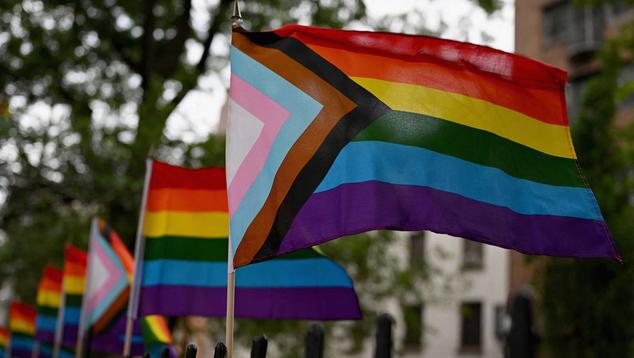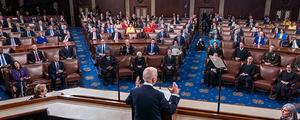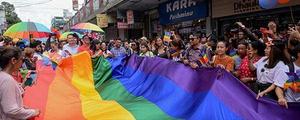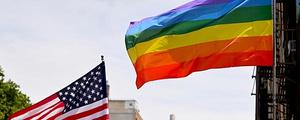Story Highlights
- LGBT identification leveled off in 2022 after increasing in prior years
- Most LGBT individuals say they are bisexual
- LGBT identification most common among young adults
Learn more in Gallup’s 2024 LGBTQ+ update.
WASHINGTON, D.C. -- After showing perceptible increases in 2020 and 2021, U.S. adults’ identification as lesbian, gay, bisexual, transgender or something other than heterosexual held steady in 2022, at 7.2%. The current percentage is double what it was when Gallup first measured LGBT identification a decade ago.
The data are based on aggregated polling data from 2022 Gallup telephone surveys, encompassing interviews with over 10,000 U.S. adults. In each survey, Gallup asks respondents if they identify as lesbian, gay, bisexual, transgender or something else, allowing them to choose multiple identities.
In addition to the 7% identifying as LGBT, 86% of U.S. adults say they are straight or heterosexual, while 7% chose not to answer the question.
As is typically the case, the greatest share of LBGT adults -- more than half, or 4.2% of all U.S. adults -- identify as bisexual. About one in five LGBT adults identify as gay, about one in seven say they are lesbian, and slightly fewer than one in 10 identify as transgender.
Five percent of LGBT adults identify as something other than lesbian, gay, bisexual or transgender. In 2022, Gallup for the first time recorded the preferred identity of those who indicated they were something other than heterosexual besides the traditional lesbian, gay, bisexual or transgender identities. Most of these individuals said they were queer, pansexual or asexual. Roughly 1%-2% of LGBT adults -- equivalent to 0.1% of all U.S. adults -- prefer each of those identities.
LGBT Identification Higher in Younger Generations
Adult members of Generation Z, those born between 1997 and 2004 who were aged 18 to 25 in 2022, are the most likely subgroup to identify as LGBT, with 19.7% doing so. The rate is 11.2% among millennials and 3.3% or less among older generations.
In Generation Z, 13.1% say they are bisexual, 3.4% are gay, 2.2% are lesbian, and 1.9% are transgender. Each of those percentages is higher than it is for all other generations.
The proportion of bisexual adults relative to other LGBT identities is higher among younger than older age groups. Two-thirds of LGBT individuals in Generation Z identify as bisexual, as do 62% of LGBT millennials. In older generations, less than half of LGBT adults say they are bisexual, although it is still the largest subgroup of LGBT adults in Generation X. In the oldest two generations, LGBT individuals are most likely to identify as gay.
Bottom Line
LGBT identification has become much more common in the U.S. in the past decade, though in the past year, the figure has been stable. With many more younger than older adults seeing themselves as something other than heterosexual, the LGBT share of the entire U.S. adult population can be expected to grow in future years. However, this growth depends on younger people who enter adulthood in future years continuing to be much more likely to identify as LGBT than their parents, grandparents and great-grandparents.
To stay up to date with the latest Gallup News insights and updates, follow us on Twitter.
Learn more about how the Gallup Poll Social Series works.




